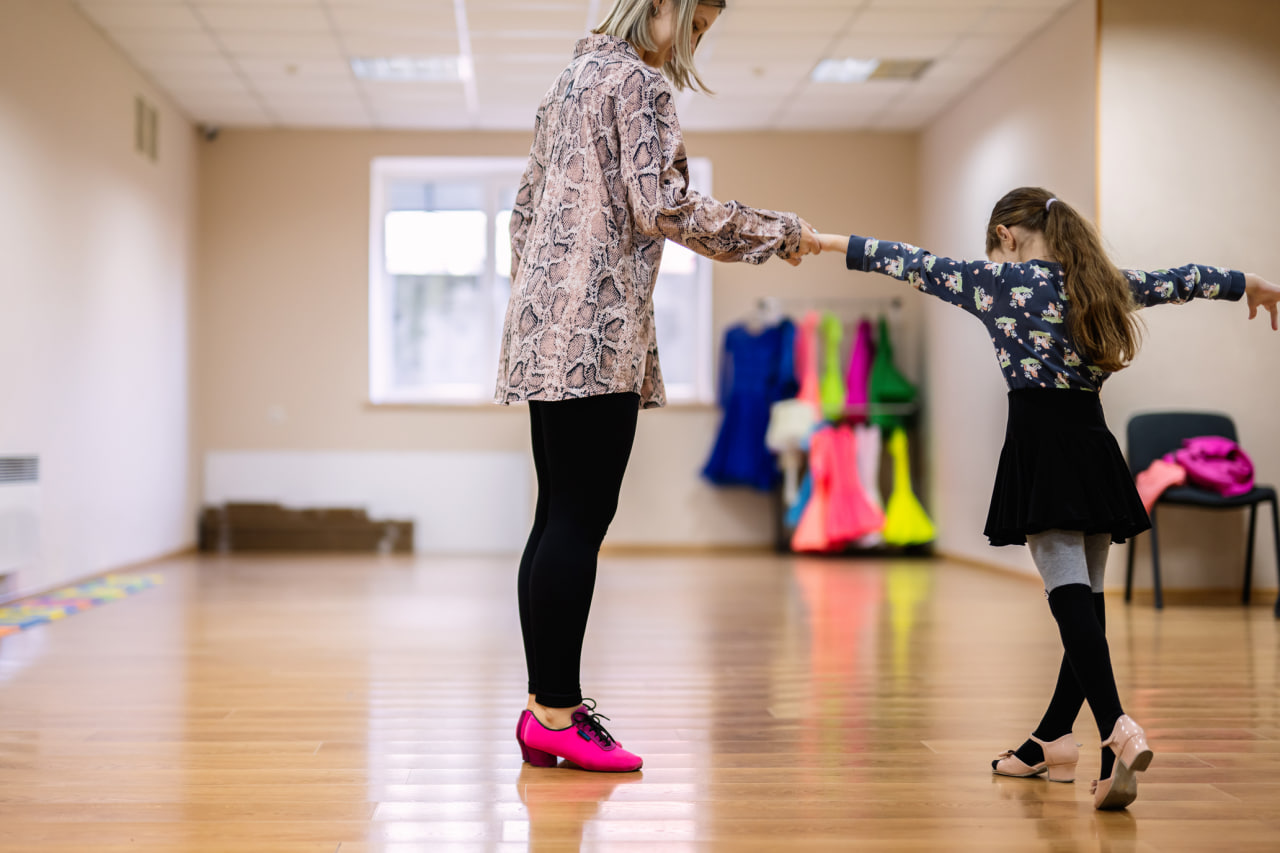Beginner’s Guide to Dance for Children
Dance is a wonderful way for children to express themselves, build confidence, and develop physical coordination. For beginners, learning to dance can be both exciting and challenging. A structured yet fun approach helps children develop foundational skills while enjoying every step of the journey. This guide provides essential tips, exercises, and advice for introducing children to dance in an engaging and supportive environment.
Understanding the Benefits of Dance
Dance offers numerous benefits beyond movement. It enhances physical fitness, balance, and flexibility while also supporting cognitive and social development. Children who dance regularly improve their posture, coordination, and body awareness. Additionally, learning routines and choreography boosts memory, focus, and concentration. Participating in group classes encourages teamwork, communication, and friendship, while performing in recitals helps build self-esteem and confidence.
Preparing Your Child for Dance
Creating a positive and supportive environment is essential for beginners. Choose comfortable clothing that allows freedom of movement and appropriate footwear based on the dance style. Encourage your child to explore their body’s capabilities without pressure, emphasizing that mistakes are a normal part of learning. Familiarizing children with basic steps and rhythm before formal classes can help them feel more confident and ready to participate.
Basic Dance Techniques
Even young beginners can start developing fundamental skills:
- Posture and Alignment – Standing tall with shoulders relaxed improves balance and body control.
- Footwork and Coordination – Simple steps, like walking in rhythm or basic turns, help build coordination.
- Rhythm and Timing – Clapping, tapping, or moving to music strengthens musicality and timing.
- Expressive Movement – Encourage children to add gestures, facial expressions, and creative interpretations to movements.
Consistent practice of these basics creates a strong foundation for more complex dance routines.
Making Practice Fun
Children are more likely to engage with dance when practice is enjoyable. Use music they love, incorporate games, and include short, varied exercises. Creative activities such as improvisation, storytelling through movement, or dance challenges can make learning playful while reinforcing technique. Keeping sessions short and interactive ensures children stay motivated and enthusiastic.
Choosing the Right Dance Style
Selecting age-appropriate dance styles helps maintain interest and enjoyment. Popular options for beginners include ballet for posture and grace, jazz for rhythm and energy, and hip-hop for creativity and movement exploration. Mixing styles can expose children to different techniques and broaden their skills while keeping classes dynamic and engaging.
Encouraging Performance Opportunities
Even informal performances, such as class presentations or family showcases, help children gain confidence and motivation. Performing allows them to apply their skills, overcome nerves, and experience the joy of sharing their talent with others. Positive reinforcement, encouragement, and celebrating effort rather than perfection make the experience memorable and rewarding.
Supporting Your Child’s Dance Journey
Parents and instructors play a key role in supporting children’s progress. Attend classes when possible, encourage practice at home, and provide praise for effort and improvement. Enrolling children in structured courses with experienced instructors ensures proper technique, safety, and growth. A supportive environment helps children develop confidence, resilience, and a lifelong love for dance.

